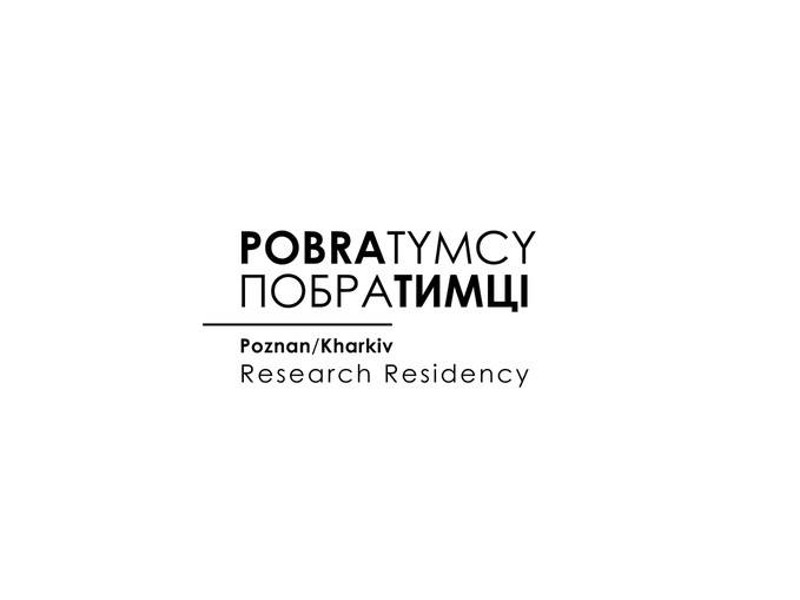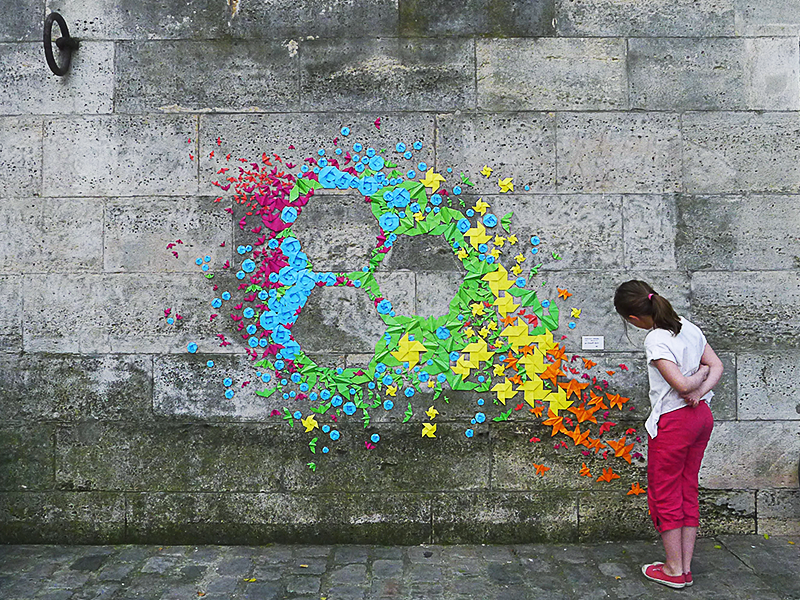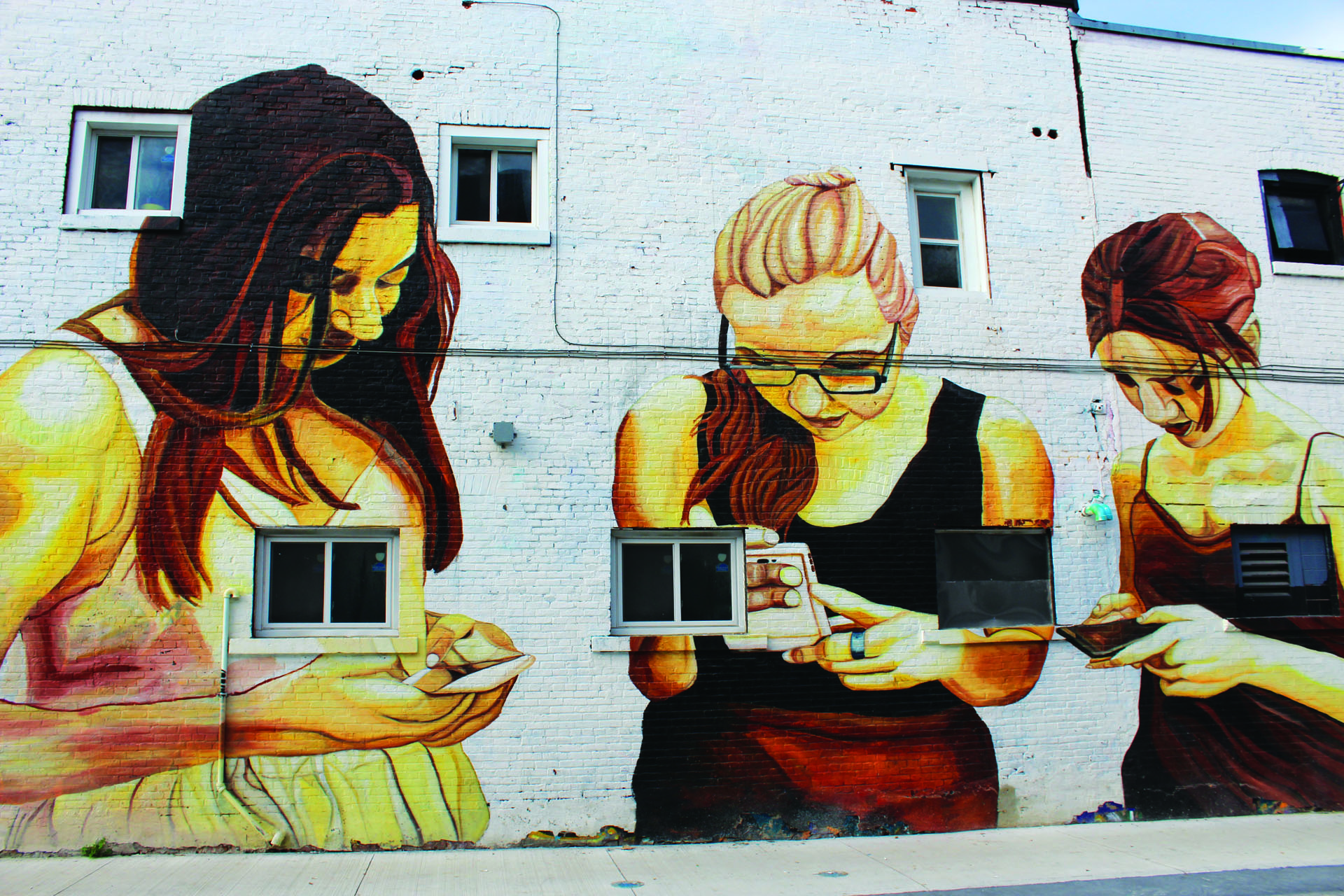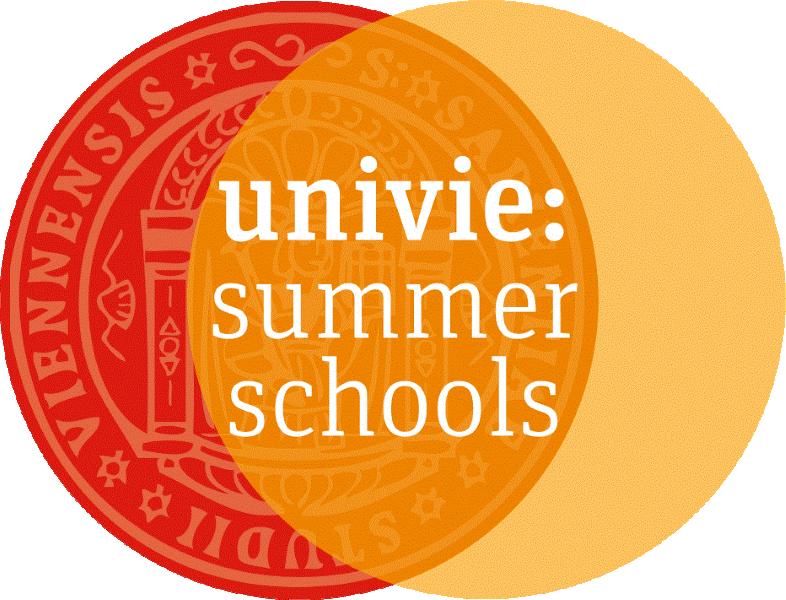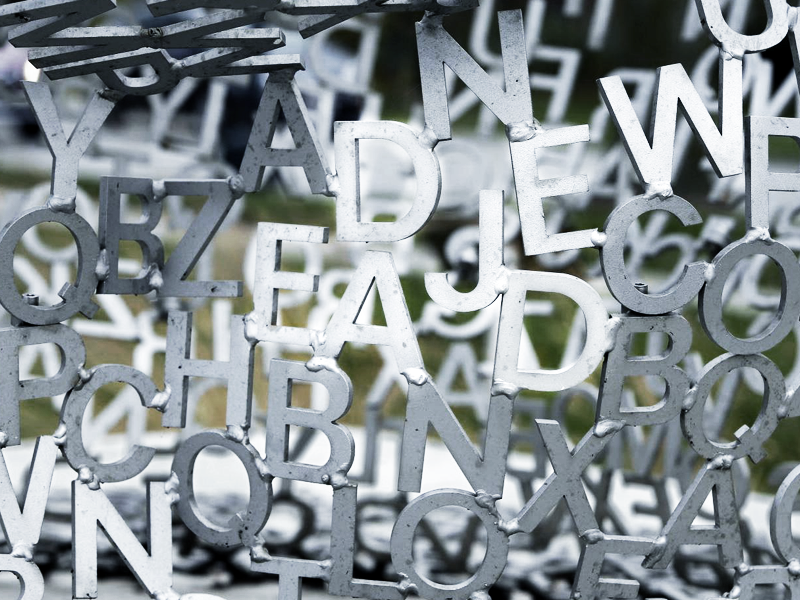
Funding Your Ideas: Five Distinguishing Features of a Successful Project Proposal
Study your organisation and the professional environment
The success of a project proposal depends not only on interesting ideas and concepts. Donor organisations place importance on international or interdisciplinary collaboration, the ability to analyse the environment and work out a strategy. Magdalena Krasowska-Igras recommends that you start by analysing the priorities of your institution and its place in the professional landscape. Ask yourself what your current experience is, what the needs of the audience are, and what problems may arise in the course of project implementation?
Develop partnerships
The lecturer recommends that you consider the possibilities for intercultural development. To find the right partner, examine the profiles of different organisations, analyse their experience and whether your goals and visions are compatible. If you don’t find the right partner, draft a clear project proposal that reflects your organisation’s experience, in addition to briefs on the main concept of your project and ways of financing it. After the project is approved, organise as many meetings and negotiations as possible and sign a contract for the division of tasks and responsibilities.
Define the problem
Your project is supposed to solve some major social problem. You should understand its causes whereby you can elaborate your strategy and subsequent actions. Of course, the outcomes of the project would not be able to change the state of things globally, but it should constitute a contribution to the overall picture of the future.
Choose the right donor
To this end, you have to analyse the priorities of the programme for which you are applying. It is useful to review the projects that the organisation has already financed. When applying, position yourself as an expert. This means that your goals and priorities are closely rooted in reality. In addition, you can refer to official, international and local documents and studies.
Work on the language and formatting of your application
Representatives of donor organisations screen a large number of applications. Therefore, your edge should be clear and streamlined text. For better comprehensibility, strike a balance between difficult terminology and the spoken language. Use catchy headlines and highlight keywords. And most importantly, don’t get bored while drafting your application. If it’s boring for you, it will be boring for others.
In addition to our online course on the drafting of project proposals, on our website you can find a course on strategic planning, on advocacy to promote social change, and on successfully applying to Creative Europe.

